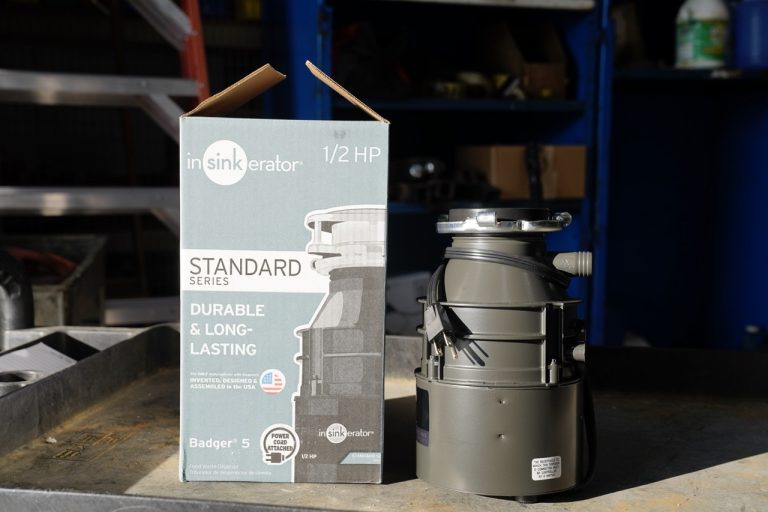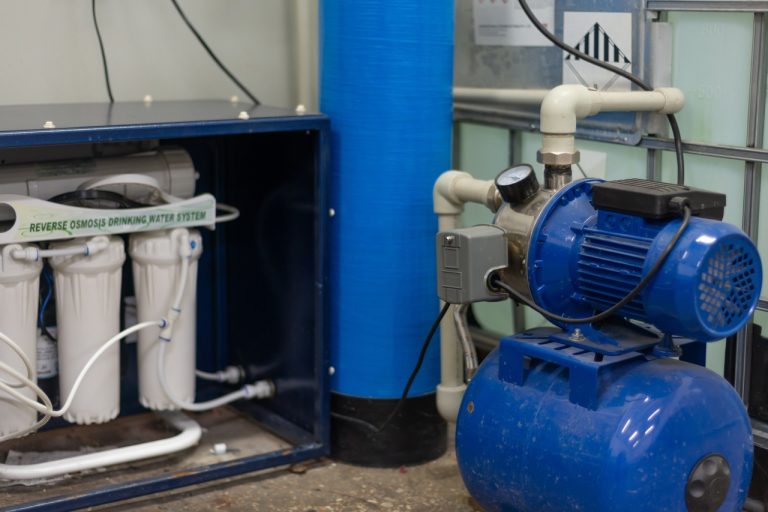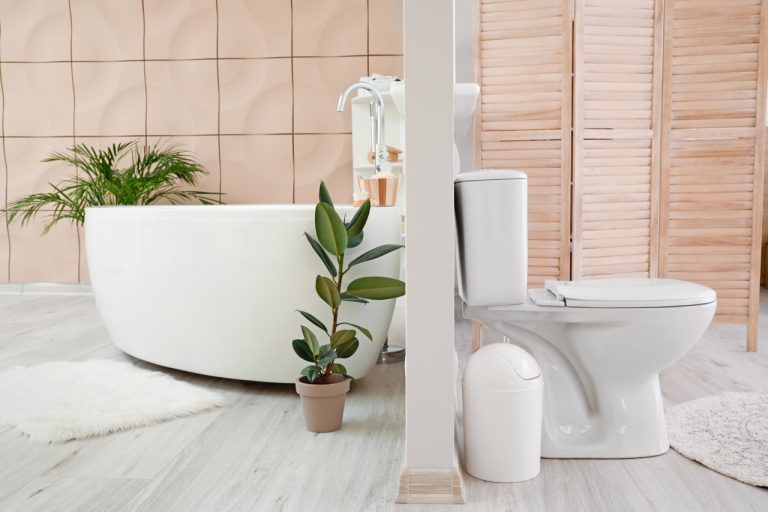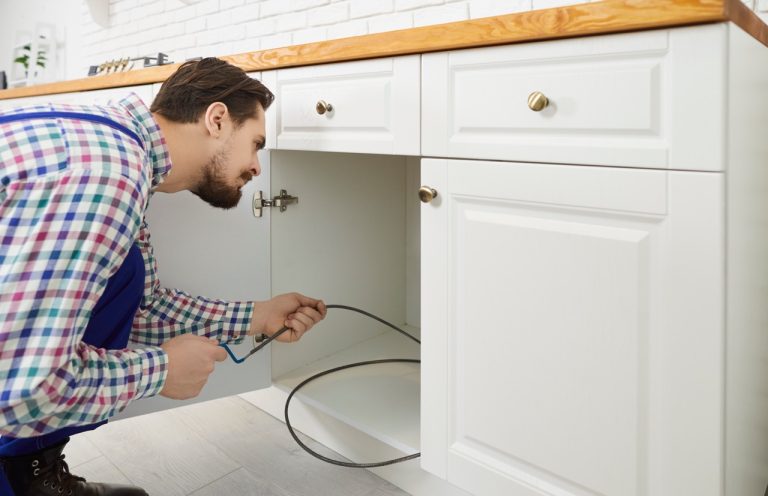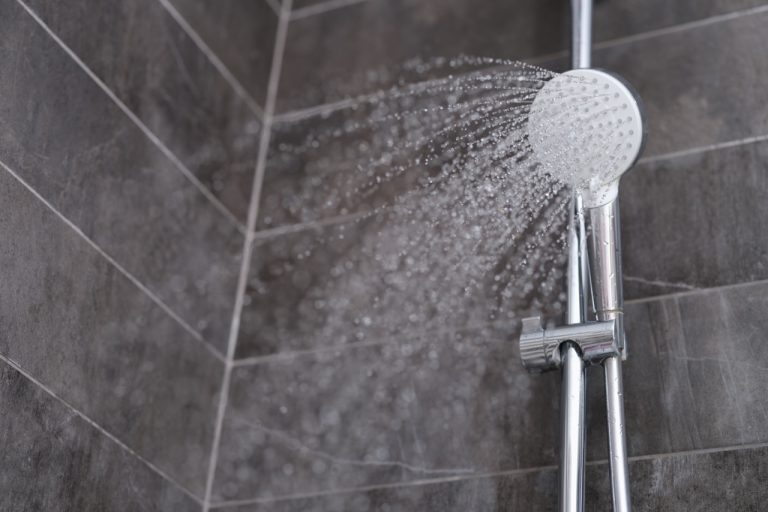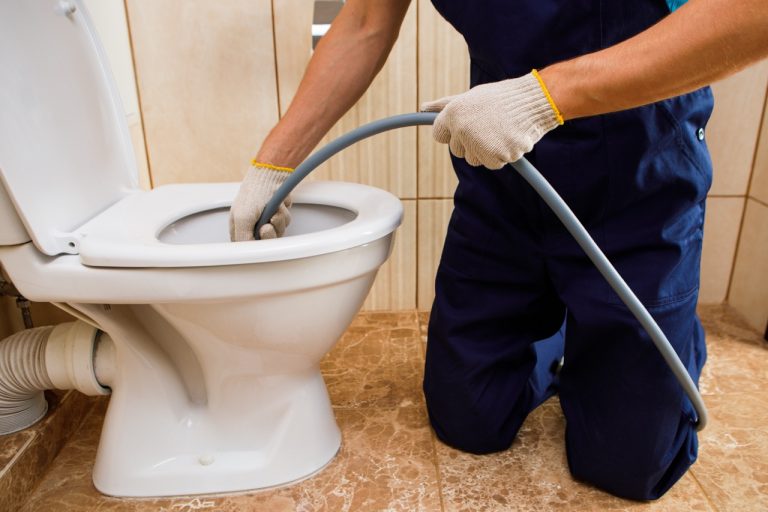How to Maintain Your Garbage Disposal and Prevent Odors
Your garbage disposal is one of the hardest-working appliances in your kitchen — but it’s also one of the most neglected. Without proper care, it can become clogged, dull, or smelly. Here’s how to keep it clean, efficient, and odor-free all year long. 1. Use It Correctly Avoid dumping everything down the drain. Stick to…

